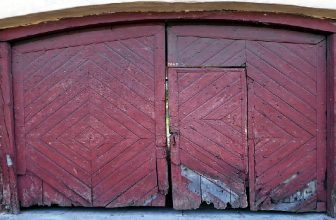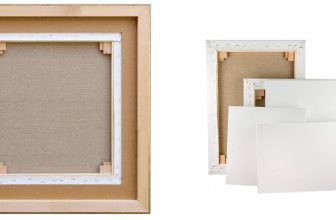How to Use a Forstner Bit
Cutting large-diameter holes is extremely necessary even if you have to accomplish small wood projects in your home. You can do that with your drill by attaching it with various drill bit attachments like a spade bit or a hole saw. But sometimes, to acquire the cleanest holes, you may require to use a Forstner bit. Do you know how to use a Forstner bit? Well, that can be a tricky task, but now you are here, you won’t have to worry about that. Because I have crafted this article with all that essential information, you will be able to use the Forstner bit with a breeze. So, let’s get started.
How to Use a Forstner Bit
There’s a common misconception that you can’t use a Forstner bit in a handheld power drill – but that’s not true! These bits are actually perfect for a wide range of woodworking projects. So let’s bust that myth once and for all!
Tip 1
If you have tried to bore a handheld drill with a Forstner bit, you may have experienced slippage. This is where a bit slips or walks on the surface of the wood before beginning to board deeper. This can leave a nasty scar on the rim or a hole that isn’t as precisely located as you need it to be. The obvious solution is using a sharp bit with a proper rim design. It can make a big difference as on the wood. The point helps locate the bit precisely in the center of the hole you wish to bore. That’s why I prefer a wavy guide rim rather than a toothed rim because it enters the cut cleanly with minimal terror slippage.
Tip 2
Another of prevent slippage is to make sure your bit is perpendicular to the surface of the wood when you begin so the entire rim will contact the wood during those first few critical rotations. Hold your drill firmly, applying sufficient downward pressure to start the cut. If you still have difficulty entering the wood cleanly, consider first boring a hole in a scrap of wood. Then use clamps or double-sided tape to attach the scrap to your workpiece. Now the bit can spin in that hole, which will keep it from moving out of position when you begin to bore into your good workpiece. This can also help support the fibers on the surface of the good workpiece and reduce or eliminate terror on the top side.
You should always pull the bill upward from time to time to lift the tips out of the hole. This ensures that the head of the bit won’t get stuck under all those tips at the end of the cut, and it will also keep the bit clean. Heat can quickly dull your bit, so you must keep your Forstner bit cool during the process. Hopefully, these tips are going to help you a lot.
you may also read now




